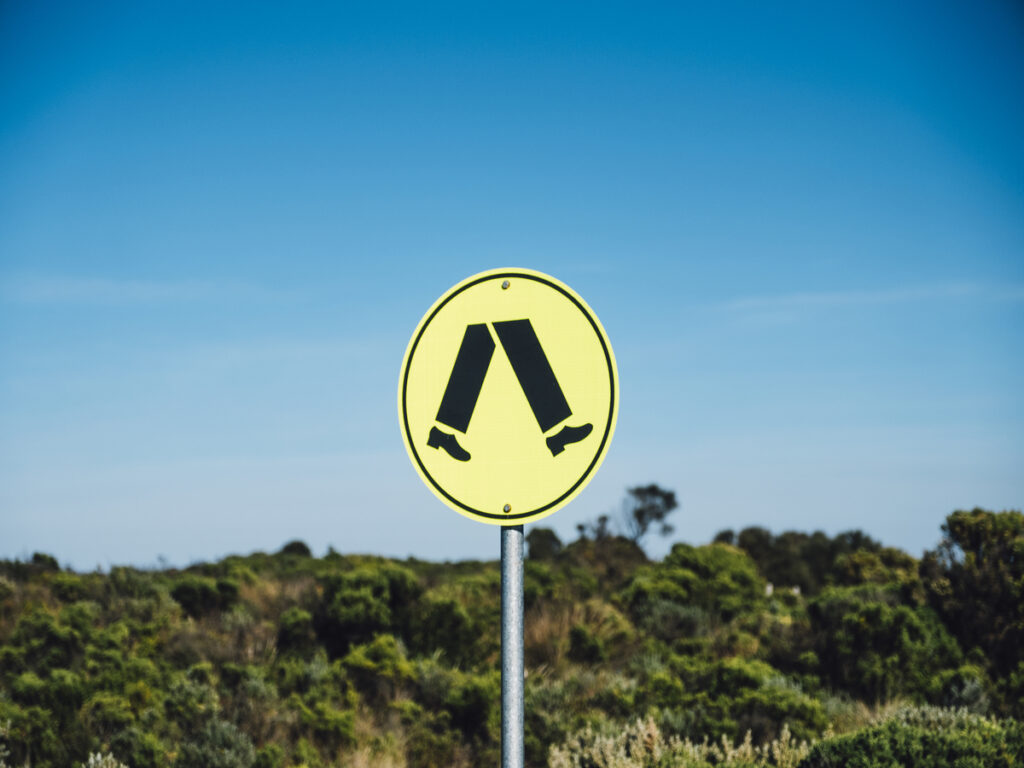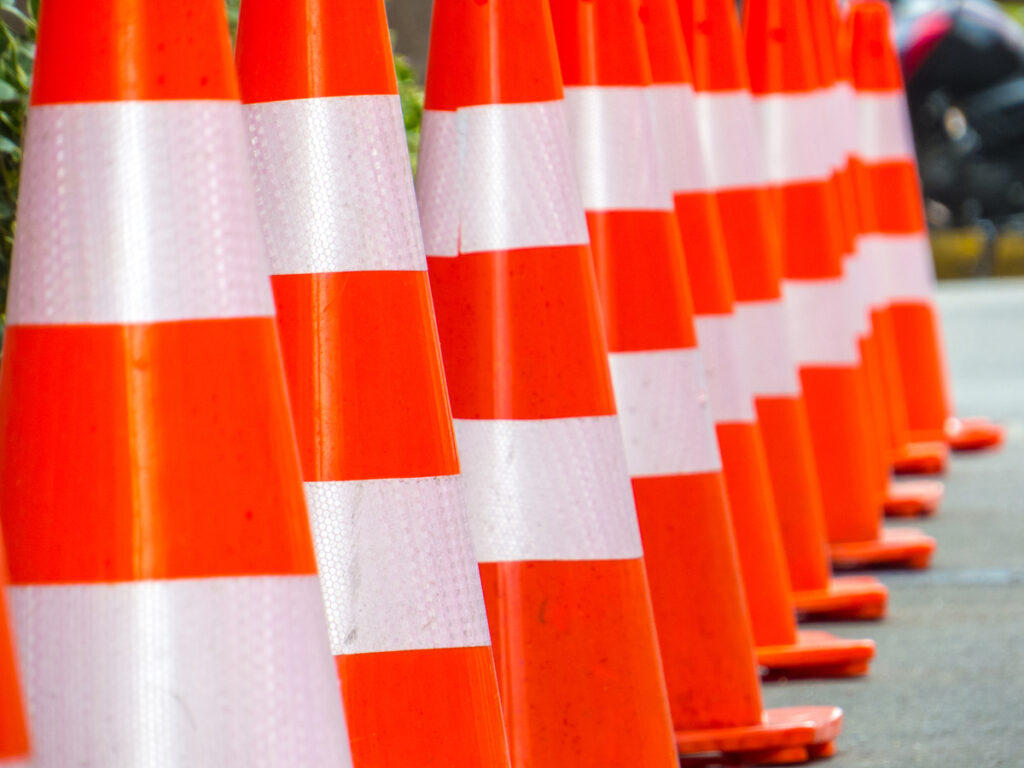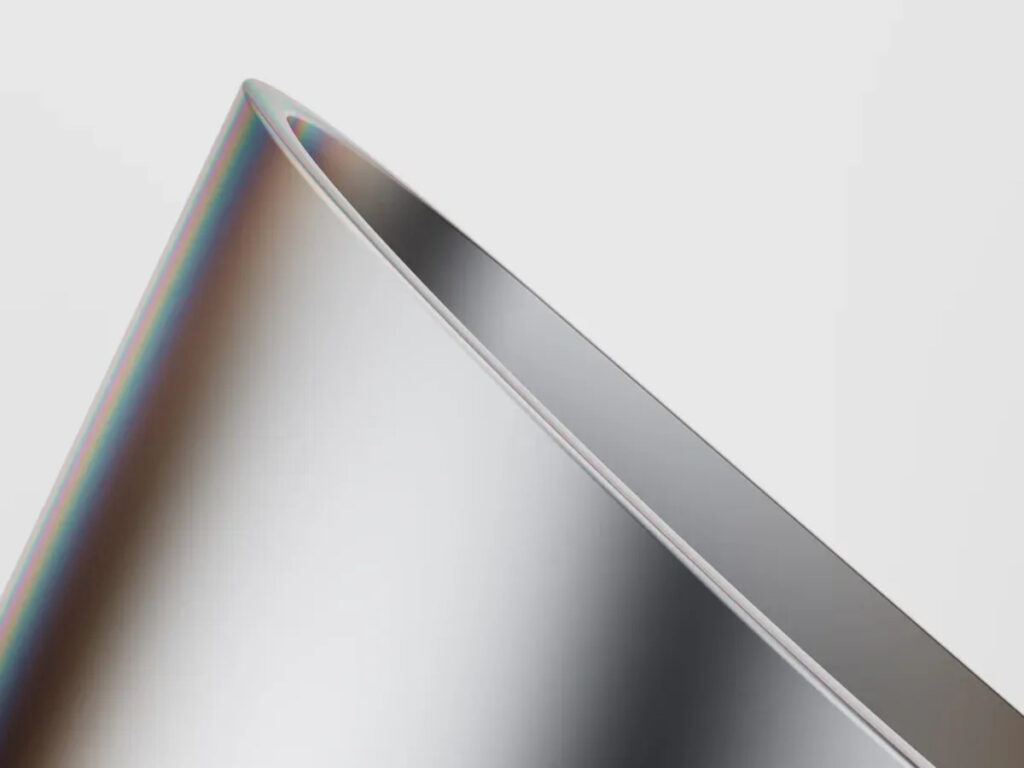
Efficient and new ways to manage traffic are now very important in Australia and New Zealand. Cities are growing fast. There are more cars on the road. The government is starting new programs. These things make people want better traffic systems. The table below shows what is happening in the market. It also shows how smart city projects help shape the future in this area. Every safety cone supplier now has an important job. They help meet these new needs.
| Evidence Aspect | Detalhes |
|---|---|
| Market Growth | USD 43.53B (2024) ➔ USD 75.76B (2029) no 11.7% Cagr |
| Major Market Drivers | Urbanization, congestion, rising vehicles, and government initiatives |
| Key Technologies Adopted | Ai, IoT, 5G, analytics, edge computing |
Takeaways -chave
- The traffic management market in Australia and New Zealand is growing quickly. This is because more people are moving to cities and there are new government projects.
- Smart safety cones have sensors and wireless features. They make roads safer by sending live alerts. They also help traffic move better.
- Renting traffic management equipment saves money. It gives more choices and helps people act fast during emergencies or busy times.
- Safety cone suppliers need to use new technology. They should work with others to give better and smarter traffic solutions.
- Following new rules and using strong, eco-friendly materials helps suppliers stay ahead. It also helps make roads safer.
The Future of Traffic Management in Australia and New Zealand
Current State of Traffic Management
Australia and New Zealand are spending more on better traffic systems. Big projects like the WestConnex M4-M5 Link Tunnels e Sydney Metro are happening in Sydney. These projects help cut down on traffic jams and make it easier to get around cities. In New Zealand, traffic data from nine years shows clear patterns. On weekdays, there are two busy times. On weekends, there is one busy time in the middle of the day. Weather and holidays also change how many cars are on the road. Christchurch has fewer cars than Wellington and Auckland. These facts show why strong monitoring and flexible plans are needed.
Developers in New Zealand must now follow stricter rules because of changes to the Resource Management Act. They need to talk to local authorities early and do full Traffic Impact Assessments. These steps make sure new projects are safe from the beginning.
Policy and Regulatory Drivers
| Aspecto | Descrição | Data Used | Impact on Traffic Management |
|---|---|---|---|
| Graduated Driver Licensing (GDL) Revisions | Six changes in Victoria, Austrália, with tougher rules and new limits | Monthly data on young driver deaths and injuries | Big drops in injuries and deaths, mostly from rules about passengers and alcohol |
| Modelling Approach | Looked at both quick and delayed effects of new rules | Licensing, crash, and calendar data | Helped see how rules changed things over time |
| Gender Differences | Used different models for boys and girls | Same data sets | Some rules worked better for one gender |
| New Zealand Reference | Compared how bad driver injuries were | Looked at other studies | Shows these ideas matter in both countries |
Setting clear goals, like cutting road deaths by half in ten years, helps make roads safer. Watching results and using research helps improve these rules.
Sustainability and Smart Traffic Systems
Sustainability and new technology are changing how traffic is managed. Sistemas de transporte inteligentes use smart sensors and data to make traffic move better and safer. Experts think road deaths in Australia will go down by 2050. But there are still problems, especially for older drivers and risky areas. Highways with faster speed limits should see the biggest drop in deaths. These predictions help make better plans and rules.
- Setting number goals and checking progress helps a lot.
- Good data helps people make smart choices.
- Using proof and facts helps shape rules and spending.
Smart traffic systems and green ideas will keep changing the industry. Roads will get safer, and cities will work better.
How Safety Cone Suppliers Can Use the Changing Rental Market

Growth in Rental Market Demand
The rental market for traffic management equipment is getting bigger in Australia and New Zealand. Many companies and government groups now rent instead of buying. Renting helps them save money on repairs and storage. It also gives them more choices. They can get more or fewer items when they need to. When there are emergencies, like fixing roads after storms, they need equipment fast. Renting lets them get what they need quickly. As cities grow and more road work happens, more people want to rent equipment.
Role of Safety Cone Suppliers
UM Fornecedor de cone de segurança is very important in this new market. Suppliers now give more than just regular cones. They have smart cones with sensors and ways to connect. These cones send live warnings to drivers and link to traffic systems. Smart cones help cars move safely in work areas. They help stop crashes and keep traffic moving. Suppliers also help with new road payment systems, like smart tolls, by showing drivers where to go and making things less confusing. When smart cones work with barriers, Sinais, and AI systems, traffic management gets better. These new ideas save time, cut down on pollution, and make roads safer.
Smart cones with V2I technology let cars and traffic systems talk to each other. This makes roads safer and gives drivers live updates when roads change.
Partnership Opportunities
Working together helps everyone in the rental market. A safety cone supplier can team up with rental companies, builders, and government groups. Public-private partnerships help make and use better traffic tools. By working as a team, suppliers and partners can give full solutions for big projects. These partnerships also help suppliers find new customers and grow their business. By making strong connections, suppliers can stay ahead of others in the industry.
OPTRÁFEGO, as a trusted Cone de segurança supplier, offers high-quality traffic control solutions designed for large-scale projects. By partnering with rental companies and other stakeholders, OPTRAFFIC helps ensure the successful implementation of traffic management systems, offering durable products and reliable service for every project.
Exploring the Role of Technology and Innovation in Traffic Safety Rentals

Introduction of Smart Devices
Smart devices are now very important for traffic safety rentals. Suppliers use tools that give live updates and help fix things before they break. They also use special locks to make their service better. These devices let companies watch their equipment and see how it is used. They can also fix problems fast. Many people trust these services more when they see GPS, 5G, and Bluetooth being used. Security and ease of use get better when smart locks and apps work together. Studies show people like these features. This makes them happier and helps the service improve.
| Smart Device/Technology | Impact on Traffic Safety Rentals and Service Quality |
|---|---|
| Real-time Information Systems | Always collecting data helps manage equipment and gives a better experience |
| Manutenção preditiva (AI/ML) | Finds problems early, stops breakdowns, and keeps people safe |
| Smart Locks with GPS, 5G, Bluetooth | Makes it easier to find, aluguel, and return equipment |
| Intelligent Traffic and Parking Systems | Helps with parking and stops traffic jams |
| Smart Surveillance and Road Cameras | Makes roads safer and lowers the number of accidents |
| V2I and V2V Communication | Shares live data to stop jams and keep people safe |
Automation and Data Analysis
Automation and data analysis are changing how companies handle traffic safety rentals. Live IoT data helps track equipment and move traffic away from busy spots. Predictive analytics plan repairs before things go wrong. These tools help stop delays and make equipment more reliable. AI vision systems spot accidents right away. This helps emergency teams get there faster. Automated traffic management can make things work better by up to 80%. It can also lower traffic jams by 30%. Cloud computing and edge AI help process data quickly and make better choices. These new ideas help make roads safer and cities smarter.
- Ao vivo IoT data helps track and move equipment.
- Predictive analytics stop breakdowns and save time.
- AI finds accidents fast and helps emergency teams.
- Automated systems make things work better and cut traffic jams.
- Cloud and edge AI help analyze data quickly and easily.
Innovation Case Studies
Some real-life stories show how technology makes traffic safety and rentals better. Ezytec and Adaptive Recognition put a parking system with ALPR at Chipichape in Colombia. This system made parking wait times 85% shorter in less than a month. Grizindarzs made a new parking solution that mixes new tech with old buildings. This helps tenants and visitors park more easily. In Budapest, the Carmen® Mobile ANPR app with electric scooters made parking checks three times faster. Vidar Smart ANPR cameras in Indonesia help watch big trucks and make sure they follow safety rules. This lowers road damage and makes roads safer. These stories show that new ideas lead to better service, safer roads, and smoother operations.
Challenges and Opportunities for Suppliers in the Next 5-10 Years
Changing Market Demands
The traffic management market is getting bigger. Suppliers notice new trends in products and materials. They also see changes in how people use these products. The table below shows what is happening in the market:
| Aspecto | Detalhes |
|---|---|
| Tamanho de mercado (2023) | USD 1.5 bilhão |
| Projected Market Size (2032) | USD 2.4 bilhão |
| Cagr | 5.5% |
| Product Types | Cones de trânsito, delineator cones, reflective cones, Cones dobráveis, specialized cones |
| Material Trends | Polyethylene, borracha, PVC |
| Application Segments | Construction sites, Manutenção da estrada, estacionamento, eventos, emergency services |
Medium and large cones are still used the most. They are easy to spot on the road. Polyethylene and rubber are becoming more popular. These materials last longer and are better for the environment. Most cones are needed for construction and road repairs. More people living in cities and more events mean more cones are needed. The chart below shows how different places use traffic cones:
A safety cone supplier should pay attention to these changes. This helps them give customers what they want and stay ahead.
Shifts in Policies and Compliance Requirements
Rules for traffic management keep changing. Suppliers must follow new rules and change fast. Many countries like to use rewards instead of taxes. Making rules the same in every area is still hard. Drivers who follow the rules help keep work zones safe. This is true even if there are not many autonomous vehicles. Suppliers need to watch for new rules and update their products.
Observação: Suppliers who know the latest rules can avoid problems and earn trust from clients.
Technological Advancements and Competitive Pressure
Technology is moving quickly in traffic management. Smart cones, sensores, and connected devices are now used a lot. Suppliers use data to make things safer and work better. New ideas, like using recycled materials or adding smart features, help suppliers stand out. Companies must work hard to offer better products and services. Those who use new technology and make good products will do well.
- Having more types of products and new materials is important.
- Stronger and brighter cones bring in more buyers.
- Suppliers who change fast can find new chances.
The rental market for traffic management has a good future. New ideas and caring for the environment are making things better. Recycled plastics and smart cones are important now. More money goes into roads and smart systems. This helps the industry grow. A safety cone supplier can do well by working with others. They should use GPS tracking and tools that give live updates. Fast help for customers and teaching workers is also important. These things make roads safer and cities work better. The industry will keep changing. Traffic management will get smarter and help the planet.
Perguntas frequentes
What are the main benefits of renting traffic management equipment?
Renting gives companies more choices and saves money. They do not have to pay a lot at first. They also do not need to fix or store equipment. Renting lets them get new technology fast. It helps them act quickly when there is an emergency or busy time.
How do smart safety cones improve road safety?
Smart safety cones have sensors and wireless features. They send live alerts to drivers and traffic systems. This helps stop crashes and keeps traffic moving. Workers in construction zones stay safer.
What standards must safety cones meet in Australia and New Zealand?
Cones de segurança must follow AS/NZS 1906 regras. These rules say what color, shine, and strength cones need. Following these rules keeps roads safe and follows the law.
Can suppliers customize rental solutions for different projects?
Sim, suppliers can make special rental plans. They change the amount, kind, and features of cones and gear for each job. This helps with building, eventos, e emergências.
How does technology help suppliers manage their rental fleets?
Suppliers use GPS, smart locks, and data tools. These help them watch where equipment is and how it is used. Technology helps them give good service and keep products in great shape.



















